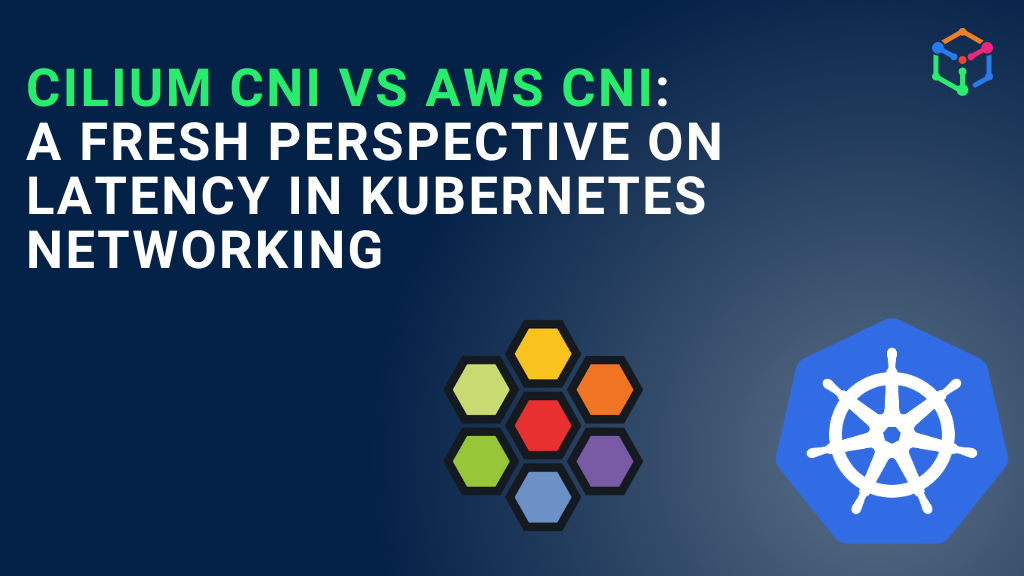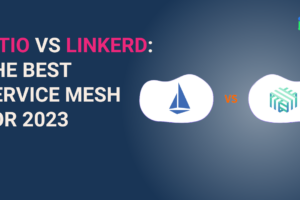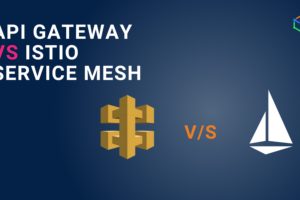Istio service mesh, when implemented right, can give great ROI. It can save a massive amount of developer time, especially when enterprises have a growing number of microservices. With Istio, developers can focus only on the application code, while DevOps/SRE handles the application’s network, security, reliability, and observability aspects.

Istio handles traffic management, security, and observability at the infrastructure layer
Developers relieved of adding operation logic to the application code will significantly boost time-to-market for applications. That is only one of the few benefits of implementing Istio.
Despite its potential — zero-trust security, optimized cloud costs, and simplified networking — most enterprises fail at Istio adoption. Why? Because Istio is complex, resource-intensive, and unforgiving when misconfigured. Engineering teams spend months struggling with setup, only to end up with broken configurations and wasted resources.
Why enterprises struggle with Istio adoption
Enterprises often struggle with Istio adoption due to its architectural complexity, lack of in-house expertise, and cost-benefit misalignment.

Enterprise challenges with Istio adoption
Architectural complexity and operational overhead
Istio’s architecture is powerful but brutally complex. One wrong move can slow deployments, create security risks, and cause outages. Besides understanding the Istio control plane component, IT teams need to know the Envoy proxy that acts as the sidecar and forms the data plane component.
The steep learning curve of Istio often causes its poor implementation and misconfiguration. Although the Istio ambient mode simplifies Istio adoption, DevOps/SREs must still understand the components well enough to configure and debug the mesh properly.
Talent Gap
The steep learning curve creates a high barrier for entry to Istio. There is not enough expertise available in the market. And those who are familiar with Istio and Envoy sometimes fumble to extend Istio to fit their specific use cases.
If enterprises happen to onboard highly skilled Istio experts, they often see the candidates switching quickly, given the high demand. It leaves organizations in a dilemma as such skills are not easily replaceable, and potential challenges arise due to a lack of knowledge transfer.
Cost-benefit misalignment
Engineers often struggle to fully realize the value of Istio. They enable mTLS for traffic, leaving the rest of Istio’s capabilities untouched. It then becomes hard to make a case for enterprise-wide Istio adoption.
Although a full-fledged Isito adoption outweighs the cost, the operational complexity and skill deficit prevent engineers from presenting a clear ROI before the leadership.
How engineering leaders can get Istio right
Engineering leaders can succeed with Istio adoption by following the given steps despite the above challenges.
Adopt a phased implementation strategy
Bringing all the services of a large-scale application inside the mesh at once can likely be a recipe for disaster. The operational overhead that sidecars bring will have a severe performance burden on the application. So, the best strategy is phased implementation:
- Pick up a lower environment
- Ensure the integrations are tested. Such as Istio with API gateway, cert-manager, monitoring systems, OPA, etc.
- Mesh a less-critical workload
- Apply canary or blue-green deployment strategy
- Let engineers gain complete clarity on Istio and Envoy proxy configurations
- Identify challenges early and refine configurations
- Gradually add more services to the mesh
- Start with Istio Ingress Gateway to secure inbound traffic
- Note:
- Since Ingress and API gateways deal with the traffic at the edge, we don’t advise picking the project early.
- If you are already using an existing API gateway or ingress with Gateway API Specification, then you can look into integrating it with Istio itself)
- Note:
Istio ambient mode makes incremental adoption (L4 & L7 features) easier.
Prevent information silos
Ensure the information related to Istio configurations isn’t siloed with one or two people in the organization. Democratize learning with knowledge transfer (KT) sessions so the IT team can better troubleshoot day-2 Istio operations. Alternatively, conduct comprehensive Istio training programs to build internal expertise.
Get help from Istio experts
Onboard Istio experts from the start. Vendors like IMESH provide 24/7 enterprise Istio support. We help enterprises reduce the time to implement Istio in their production-scale deployments from months to weeks, depending on the complexity of the infrastructure.
The strategic value of Enterprise Istio Support vendors
Enterprise Istio support vendors like IMESH can help you avoid pitfalls with enterprise adoption, provide proactive, 24/7 support, and optimize Istio and Envoy configurations for better efficiency and performance.
Here’s how DIY Istio compares to working with a managed Istio provider like IMESH in a nutshell:
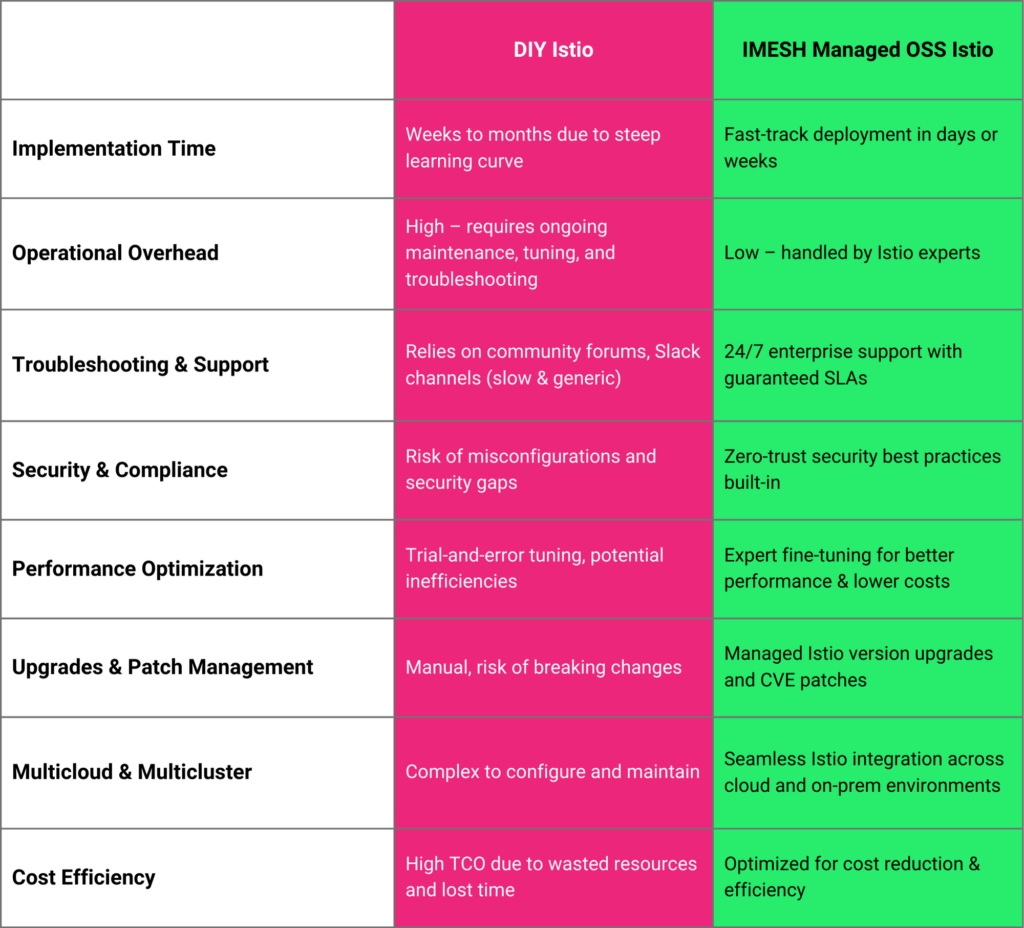
Scale Istio to enterprise environments.
Enterprise Istio Support goes beyond essential management. It involves custom configurations such as customizing Envoy filters, integrations with existing tech stack, or rapid CVE fixes. IMESH helps enterprises keep Istio updated with the latest releases on multiple clusters.
24/7 Istio support, guaranteed SLA
DevOps/SRE in enterprises that manage Istio in-house (DIY approach) spend excessive time troubleshooting Istio issues via Slack channels, forums, and community resources. While Istio has an active open-source community, responses may not always be timely or tailored to the enterprise’s unique infrastructure needs. IMESH provides managed OSS Istio with guaranteed SLA, thus relieving your IT teams from the cognitive load of maintaining and troubleshooting Istio.
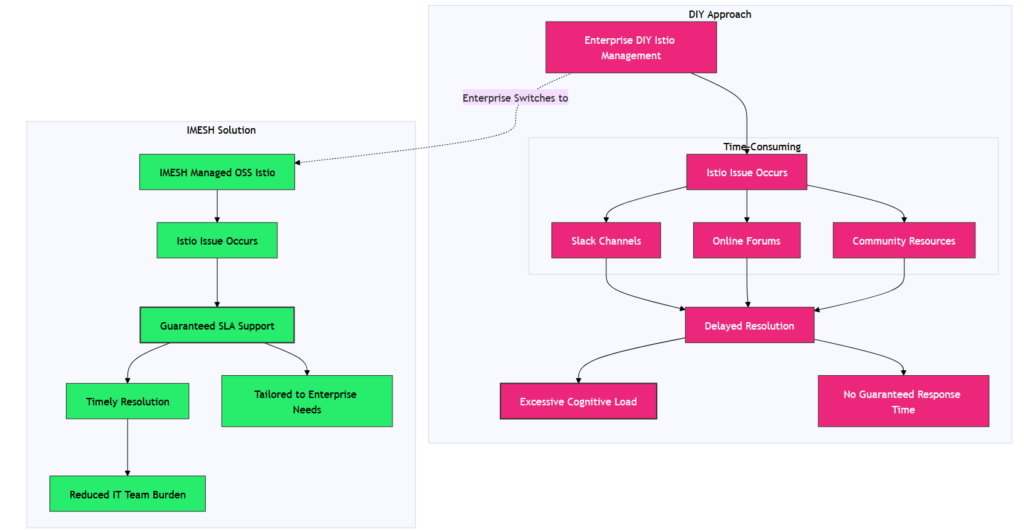
DIY Istio vs IMESH managed OSS Istio
Optimized performance and reduced TCO
Besides saving time drain of IT teams by managing Istio in-house, IMESH optimizes Istio to ensure cost-effective operations. For example, we optimize network traffic using Istio’s locality-aware networking to minimize cross-node data transfer, reducing network latency and infrastructure costs. Besides, we ensure efficient sidecar performance by fine-tuning their configurations to prevent resource wastage.
Next step
If you’ve implemented Istio in your organization and have troubles regarding any aspect of it, like:
- Optimizing Istio for better resource efficiency and performance
- Upgrade Istio to a later version on multiple clusters
- Implement Istio ambient mode without downtime
- Integrate Istio with legacy applications or any modern workflow
- Configure zero trust security with Istio
- Istio configuration for multicloud, multicluster network
- Getting full-stack visibility into your mesh
- Or anything related to Istio, for that matter
Feel free to fill out the form to talk to an Istio expert. It will be a short 30-minute call with no strings attached. Maybe we can help point you in the right direction to resolve any concerning issues that you’re facing with Istio, given our experience managing Istio for organizations of various sizes. Let’s make your mesh secure, scalable, and reliable.


